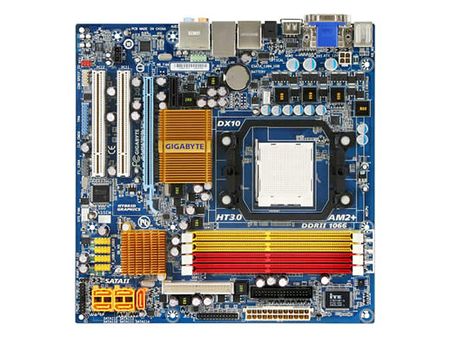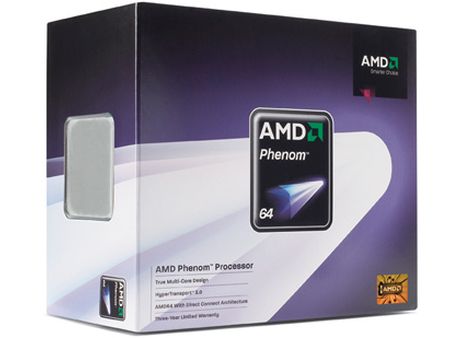Tom's Back To School Guide: Gear for Work
The Itty-Bitty Workstation
By: Chris Angelini
It’s so much easier to be productive without fans whirring, LED lights flashing, and three graphics cards competing with your air conditioning for climate control. In our opinion, the perfect back-to-school desktop is small, fast, and affordable — so that’s what we set out to build.
Chassis: In Win BK623
While it isn’t as small as one of Shuttle’s XPCs, the In Win BK623 chassis is certainly diminutive and quiet. In fact, the mini-tower was designed in conjunction with Intel to support Core 2 Duo and Core 2 Quad processors without the need for a case fan.
The all-black exterior is average looking; there are cut-outs for a single 5.25” optical drive and a 3.5” floppy. The front panel also boasts four USB 2.0 ports and audio I/O connectors. Each side of the chassis is painted black as well, with the right side ventilated to maximize the effectiveness of your processor fan.
Flip the box around and you’ll find a 300 W power supply pre-installed. The BK623 takes microATX motherboards with as many as four full-height expansion cards. This chassis might be a bit larger than your typical small form factor cube, but it enables a lot more in the way of scalability, too.
Motherboard: Gigabyte MA78GM-S2H
Remember, this is about work, not play (that’ll come later). We wanted to build a workstation-class machine that would not only handle business, but also enable some basic entertainment functionality after-hours at a reasonable price. Gigabyte’s MA78GM-S2H motherboard, based on AMD’s 780G chipset, does all of those things and fits nicely into our In Win chassis.
The microATX board sports a Socket AM2+ interface, so it goes well with any of AMD’s 95 W Phenom CPUs. Its four DDR2 memory slots take up to 16 GB of RAM, and an integrated Radeon HD 3200-series graphics core serves up reasonable DirectX 10 performance. More important, however, is that the chip boasts AMD’s Unified Video Decoder for hardware help decoding Blu-ray movies. Dual display outputs let you run a pair of LCDs side by side. We’re fans of multi-monitor setups — another great back-to-school idea — and supporting four displays between the onboard outputs and a single add-in board is exactly what we need from a workhorse.
Additionally, Gigabyte arms its MA78GM-S2H with lots of integration. The list is long and distinguished: HD Audio, plenty of USB 2.0 ports, FireWire, five SATA ports, one eSATA port, DVI, VGA, HDMI, Gigabit Ethernet and PCI Express 2.0. When you consider that the motherboard sells for about $90, that’s really quite a value.
Processor: AMD Phenom X4 9550
In keeping with our low-priced, high-performance theme, we chose AMD’s Phenom X4 9550 quad-core processor to power our little deuce coupe. Of course, the 2.2 GHz chip isn’t the fastest in the family, but its lower operating speed actually works to our advantage. Even while In Win’s chassis is set up for an Intel-based platform, the Gigabyte 780G board and 95 W AMD CPU drop right in and run almost silently. Surely the 125 W or 140 W Phenoms would be more thermally-challenged in such cramped quarters.
AMD’s “Agena” architecture delivers a quartet of 512 kB L2 caches and a unified 2 MB L3 repository. It’s able to take full advantage of the 780G chipset’s HyperTransport 3.0 link, too.
You can currently find the retail boxed 9550 priced at around $175 online. However, we’ve noticed that a number of enthusiasts are unhappy with the aluminum fan bundled with the retail kit, so you might want to think about a tray processor and aftermarket cooler. We used an Ajigo MF091-096 with a ball bearing fan without any clearance issues — the system ran smoothly and stayed whisper-quiet.
Current page: The Itty-Bitty Workstation
Prev Page A Very Techie School Year Next Page More Small Form Factor PartsGet Tom's Hardware's best news and in-depth reviews, straight to your inbox.


